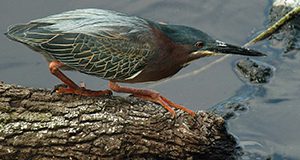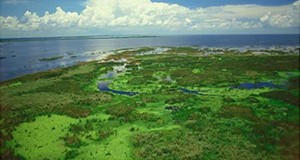
Florida LAKEWATCH is a citizen scientist program that monitors Florida's lakes. Since it was established in 1991, Florida LAKEWATCH has worked with thousands of volunteers to collect water quality data on more than 2,700 aquatic systems in Florida. It is the most comprehensive and longest-running water quality data source in the United States, if not the world. This 18-page circular written by Mark V. Hoyer and published by the UF/IFAS Program in Fisheries and Aquatic Sciences of the School of Forest Resources and Conservation describes Florida LAKEWATCH's volunteer aquatic bird-monitoring program. Citizen volunteers can provide a comprehensive and intimate understanding of birds and their interactions with Florida lake systems, helping to detect the changes in the types and numbers of birds using lakes that may indicate important natural or human-caused environmental trends. Whether you want to identify birds you’ve spotted or take an active role in the management and conservation of Florida's natural resources, this circular can help you learn the basics.
https://edis.ifas.ufl.edu/fa229

